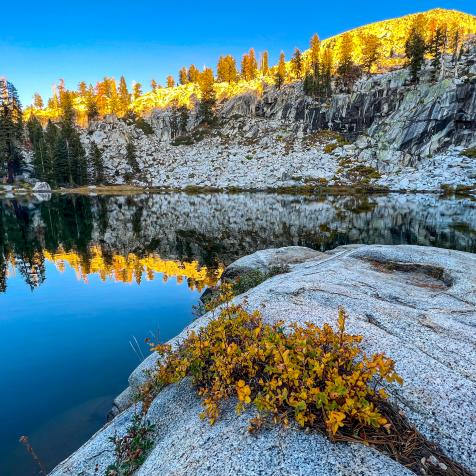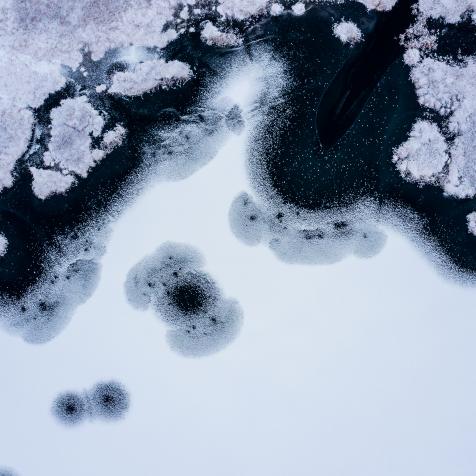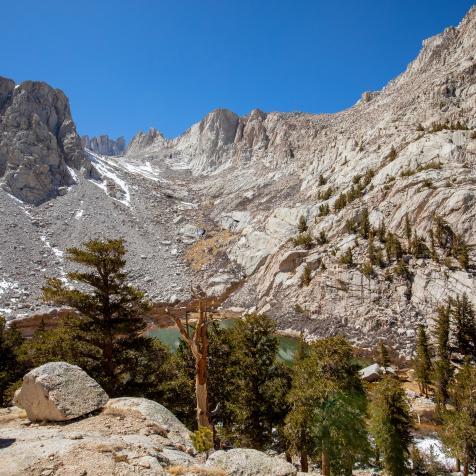
Antoine Rouleau
30 Years After the Nuclear Disaster, Chernobyl Wildlife Is Thriving
A nuclear disaster proves that wildlife is resilient.
Humans are animals, and what hurts one species often hurts the rest. Radiation, like the fallout from the Chernobyl disaster, is a perfect example. But human activity takes a toll on wildlife, too. So what happens when radiation forces humans to evacuate an area but leaves the animals behind? The animals keep on living — and they seem to be just fine.
Do Not Enter
In April of 1986, an accident at a nuclear power plant in Chernobyl, Ukraine (in what was then the U.S.S.R.), destroyed a reactor and released massive amounts of radioactive material into the surrounding area. The radiation was powerful enough to contaminate parts of Ukraine, Russia, and Belarus, and a zone 30 kilometers (18 miles) around the plant was closed off to the public. It's been that way ever since. Dubbed the "exclusion zone," more than a thousand square miles of land around Chernobyl are still officially uninhabitable. Except for a few scientists and roughly 100 hardy civilian residents, Chernobyl has seen virtually no human visitors.
But this tragedy has a bright side: the absence of human interference has led to a dramatic increase in wildlife. As reported by National Geographic in 2016, biologists performing a five-week survey of the area captured images of a bison, 21 boars, nine badgers, 26 gray wolves, 60 tanukis, and 10 red foxes. Scientists studying the populations of wolves and other species have noticed similar trends. Wild horses roam the grasslands, boars root in the dirt, and beavers fell birch trees to make their homes.
A Dark Side
But how healthy the animals are is a point of debate. Danish scientist Anders Pape Møller and biologist Timothy Mousseau from the University of South Carolina have found that things aren't looking so good for Chernobyl's wild residents. One study they performed found that there were fewer butterflies, bumblebees, grasshoppers, dragonflies, and spiderwebs in Chernobyl, even 20 years after the disaster. They have also reported an increase in mutation rates in certain species.
But one thing is clear: Chernobyl's exclusion zone hasn't been toxic enough to decrease wildlife populations to a dramatic degree, if at all. As biologist Jim Beasley told National Geographic, in the exclusion zone, "humans have been removed from the system and this greatly overshadows any of those potential radiation effects." Between radiation and human civilization, the humans seem to be the greater threat.
This article first appeared on Curiosity.com.


















